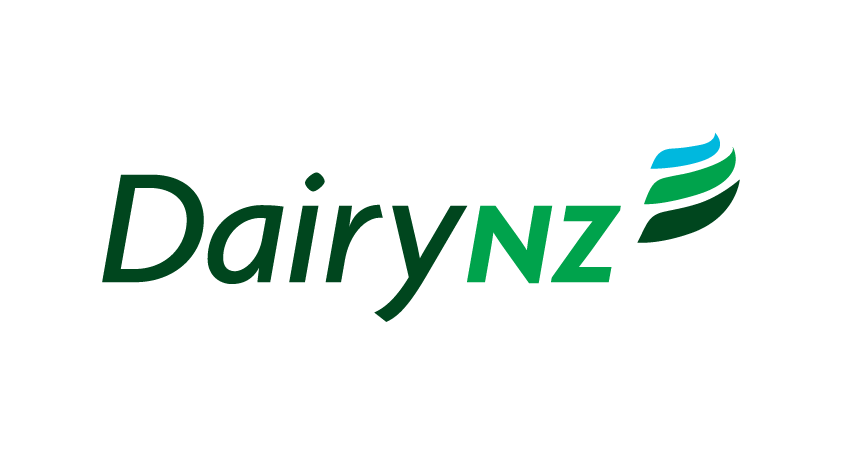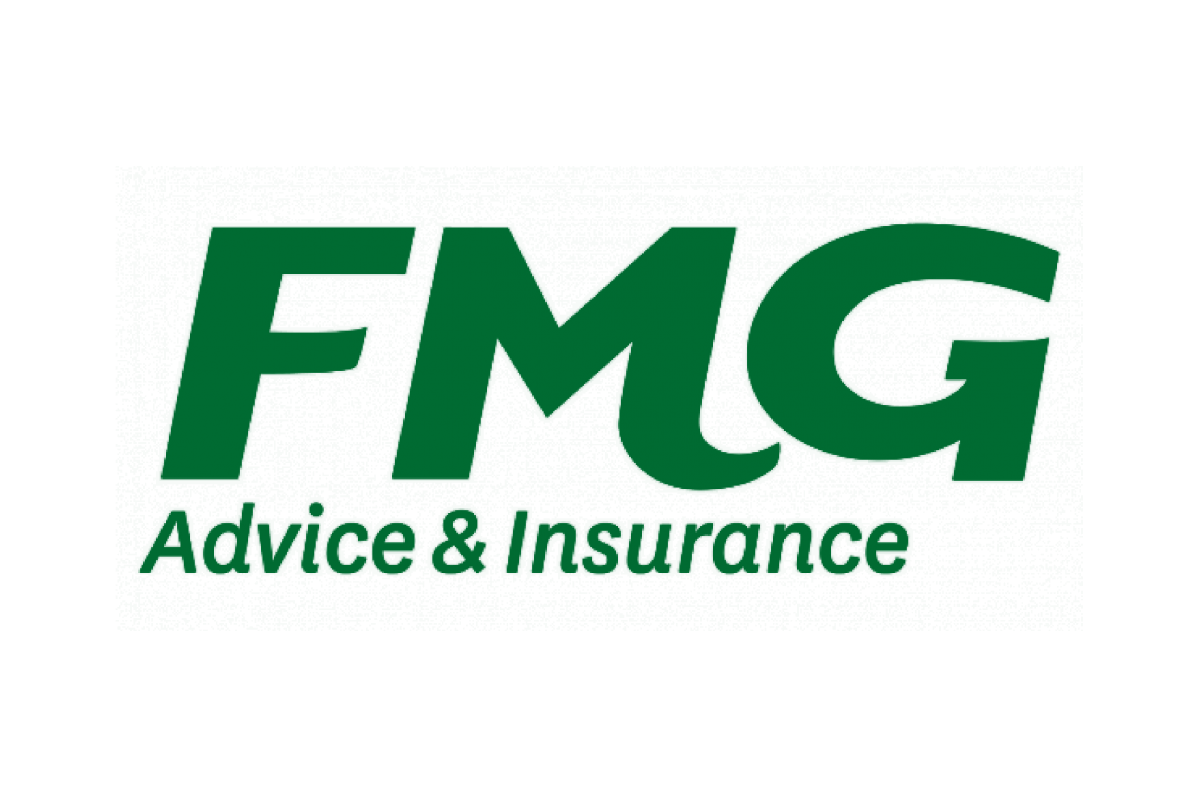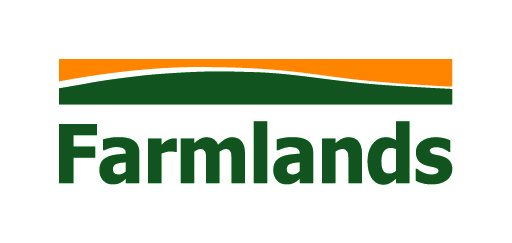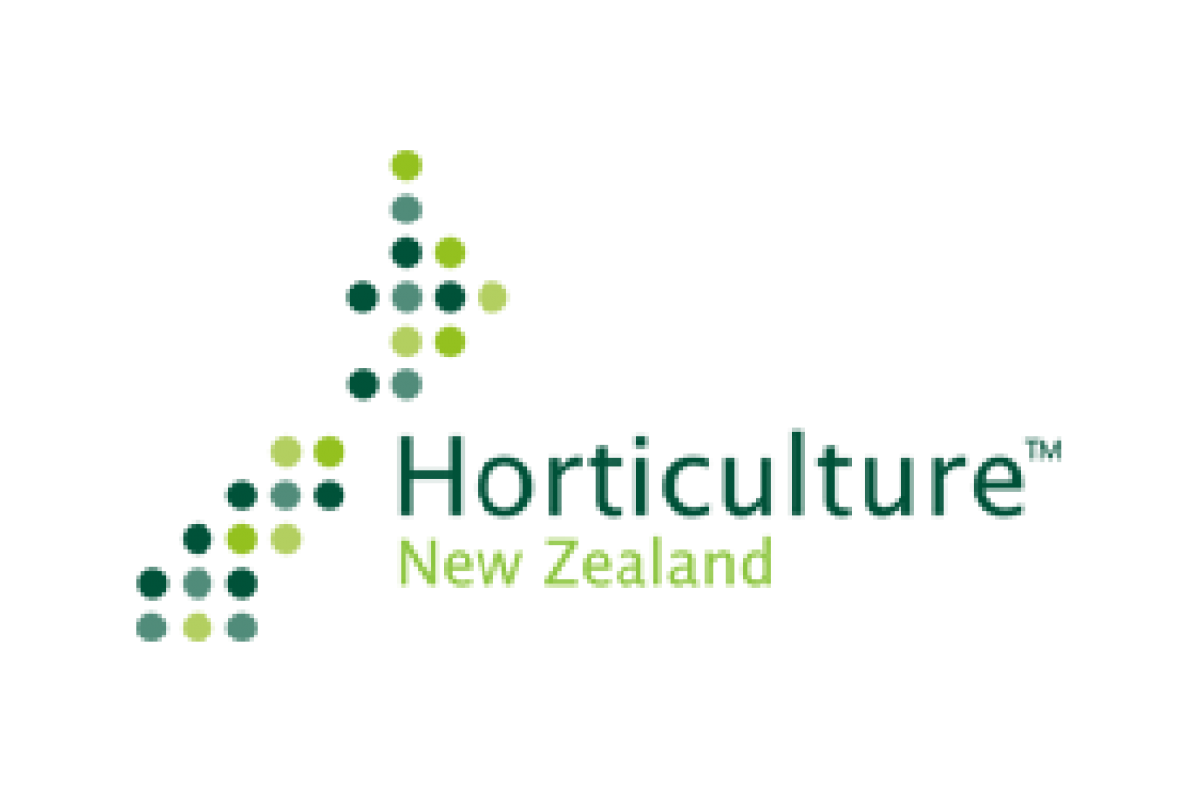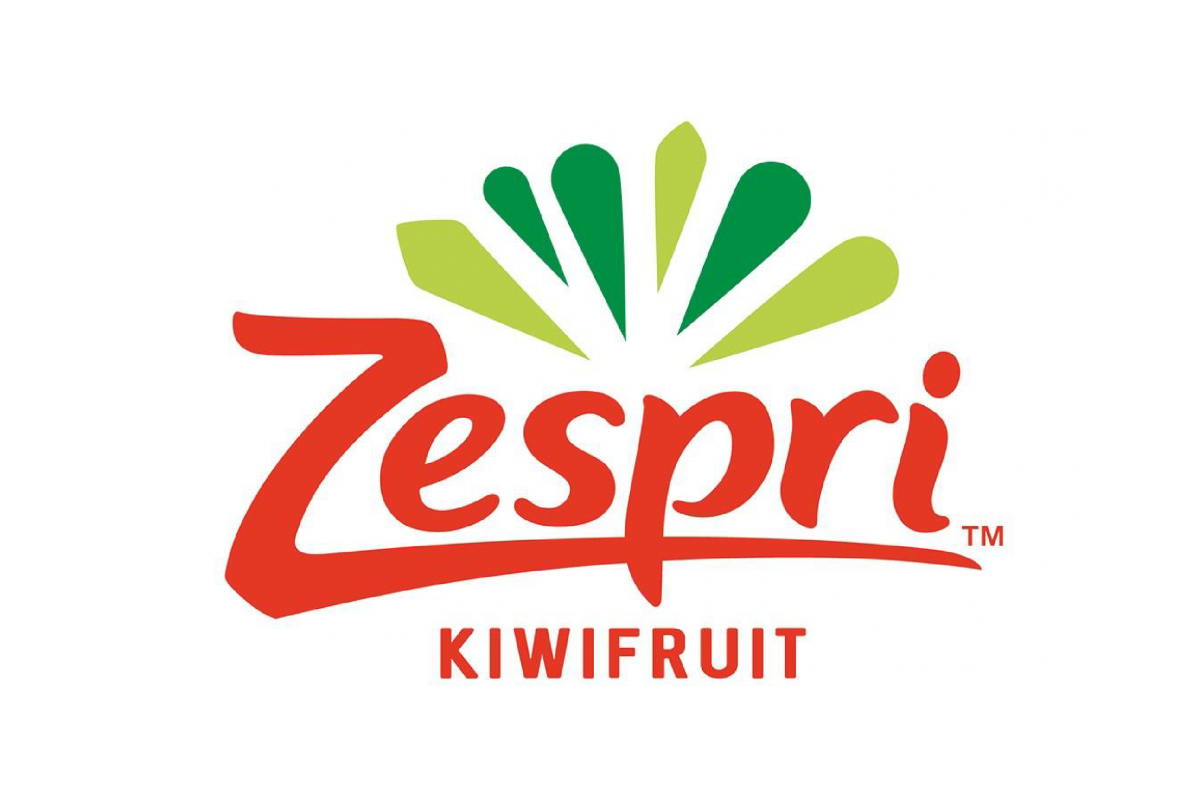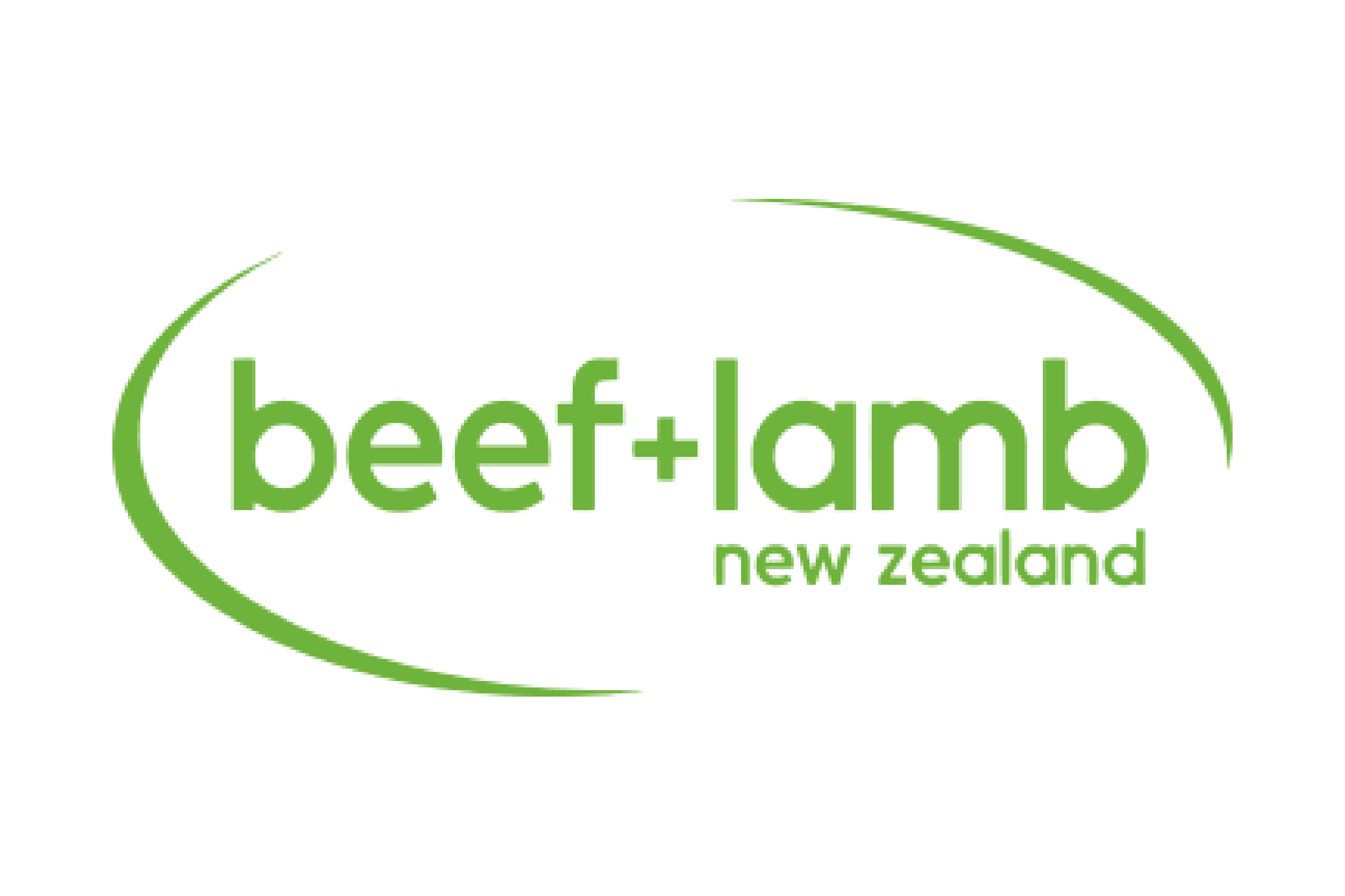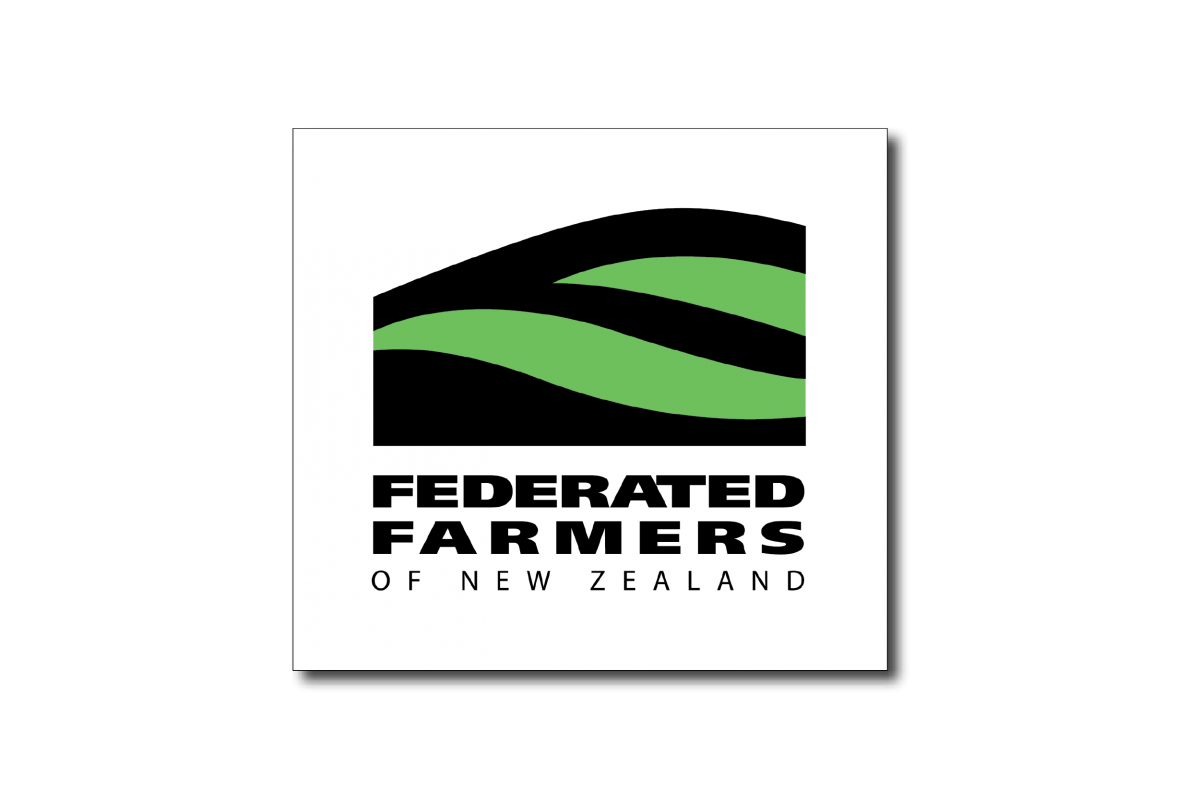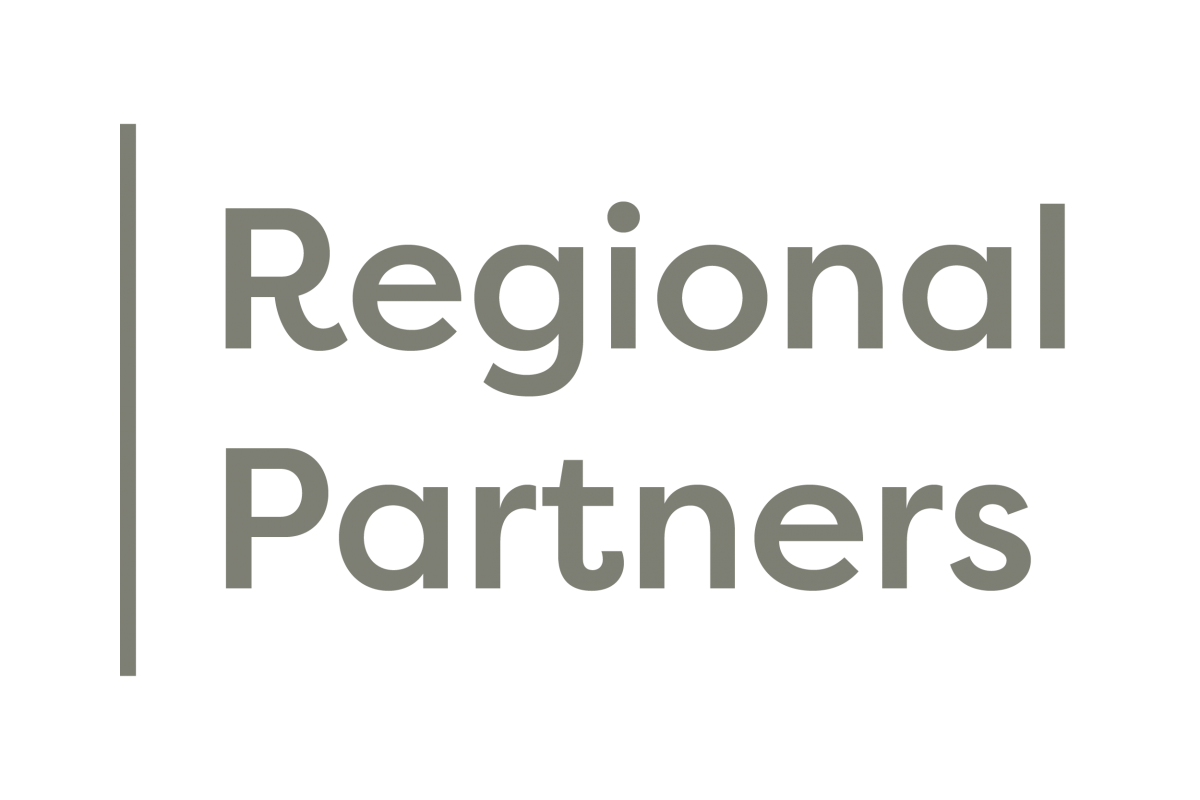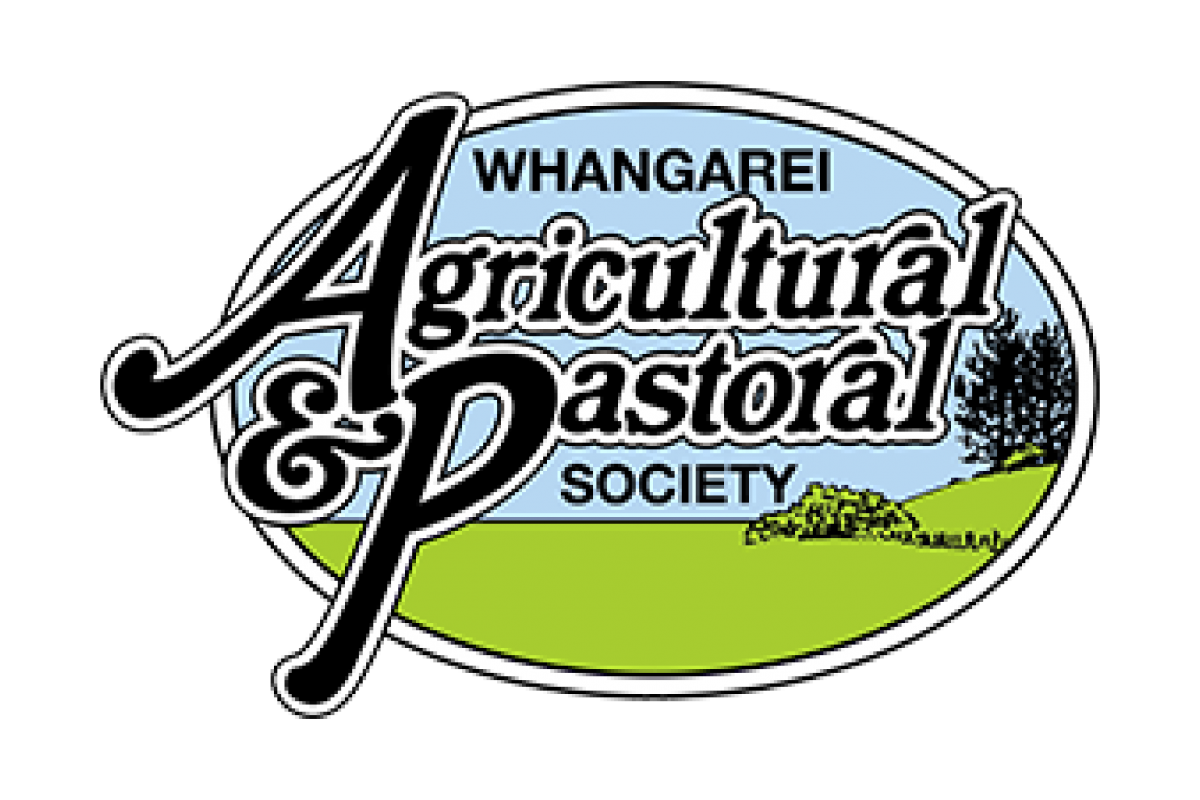
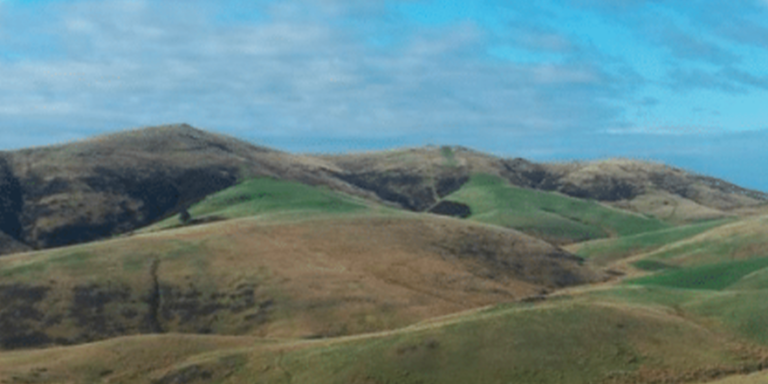
The Agricultural Lure: Understanding the awareness of the red meat sector at high school level.
Executive Summary Each of the sectors within the primary industry has an ageing population of employees. These people are going to need replaced by 2025 (as Julian Raine spoke about during the panel discussion, phase one of course 36 the Kellogg Rural Leadership Programme). The red meat sector is New Zealand’s largest manufacturing employer and
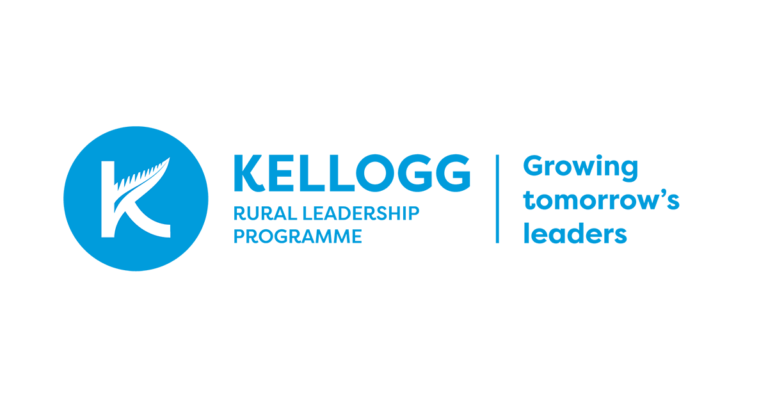
The time for change is now.
Executive Summary If you talk to any vet out there, I can almost guarantee it wasn’t an offhand decision in their final year of high school that took them to vet school. The dream would have taken place years before. If you ask any vet, there will be a moment in their childhood; an experience

Drivers Of On-Farm Compliance.
Executive Summary Meeting the requirements of compliance is an area that farmers struggle with. They are great at working the land and with animals and get frustrated at having to slow down to complete what is sometimes seen as needless paper work. Compliance in the agricultural sector is only going to increase and become more

Recruitment for the future: Making the dairy industry the industry of choice.
Executive Summary The dairy industry has for a long time been challenged to recruit sufficient people to fill vacancies and to meet the needs created by natural attrition. Generation Z (Gen Z) are people born after 1995. The relevance being that Gen Z are aged up to approximately 20 years (as at 2017) and are

The potential role of trading systems in the allocation of nutrient discharge allowances.
Executive Summary Trading systems, as a tool to reallocate nutrient emissions are currently underutilised in New Zealand. This is primarily due to the under development of the underlying water management policies and regulations required for a trading system to operate effectively. Water quality must be more proactively managed if we are to reach the goal
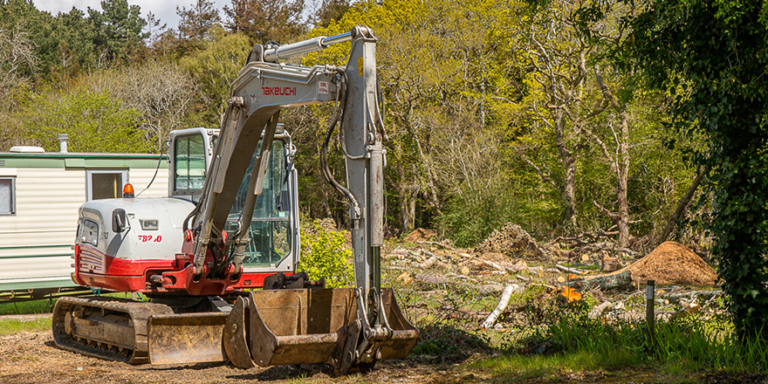
Felling the Wall: An investigation into forestry training in the Gisborne region.
Executive Summary Plantation forestry in New Zealand is entering a period of growth due to the availability of wood supply. Nowhere is this more prevalent than the Gisborne region. In order for forest owners to capitalise on their investment, this growth in industry capacity needs to be met with the supply of labour. To this
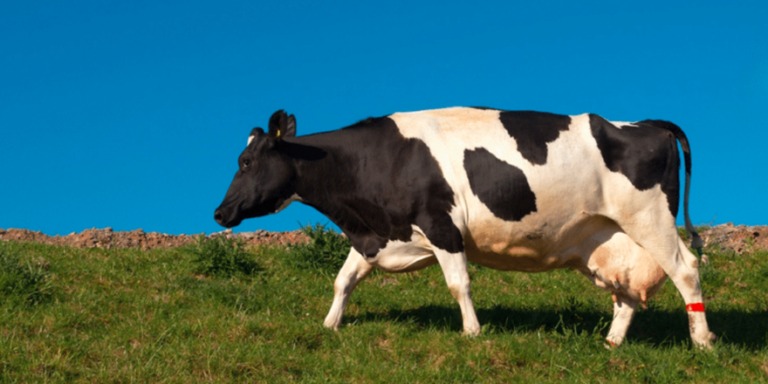
Is the dairy farm training working?
Executive Summary Is there an issue with how dairy farm staff are being trained off farm and is this giving the results the farmers need. For the diary sector to continue to farm in New Zealand we need to make sure that our staff are well trained in all aspects of farming not just the
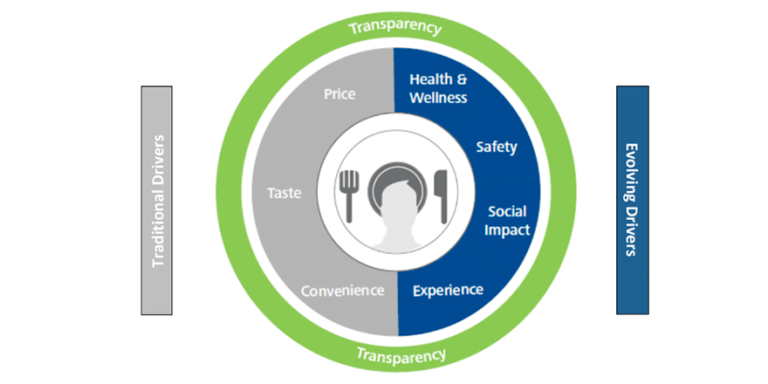
Collaboration through the Cervena appellation.
Executive Summary An industry founded by entrepreneurs and innovators, the deer industry is relatively young. Farming the most recently domesticated animals, deer farmers have experienced all of the highs and lows that markets can deliver. With boom and bust cycles a regular occurrence, industry leaders developed a strategy to create an appellation for premium New
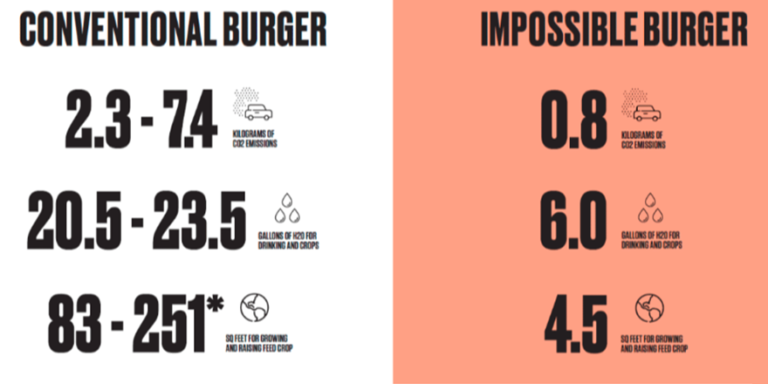
New Zealand’s future role in the global protein market.
Executive Summary Change is constant and the change of pace for the global supply of protein and its make up is going to alter considerable over the next 20 years. Alternative protein sources such as through the rise of plant based and synthetic meat products will take place of the current traditional commodity meat market
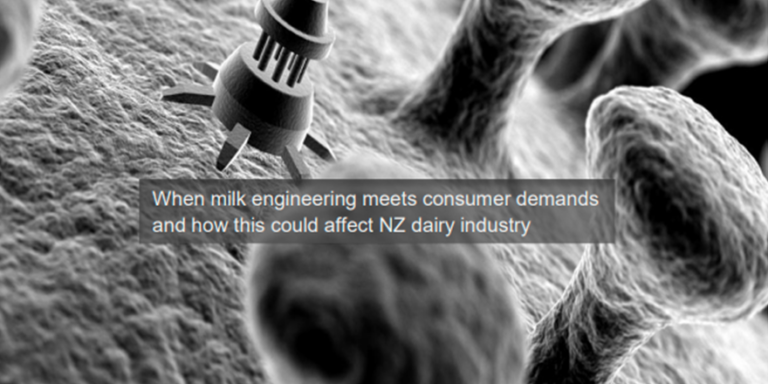
When milk engineering meets consumer demands and how this could affect the NZ dairy industry.
Executive summary “If anybody anywhere in the world can use small amounts of energy, water and nutrients to create the same quality food as we can here then why would anyone buy from New Zealand?” That’s the question that Lance Wiggs director of several New Zealand high-growth companies (www.lancewiggs.com) asked to his readers back in

Regional changes in the New Zealand Dairy Industry: 1995-2015
Executive Summary During the last two decades (1995 to 2015) the New Zealand dairy industry has undergone significant growth. Nationally, cow numbers have increased 70% from 2.9 to 5 million, the area in dairy has increased 45% from 1.2 to 1.75 million hectares and milk production has increased 129% from 8.1 billion to 18.6 billion

Joining the family: Attributes to support integration into a family farm business.
Executive Summary Family farming businesses contribute to a large proportion of the total number of agricultural businesses in New Zealand. But given the level of their significance very little focus is put on how family businesses function to remain harmonious, strengthen and grow. The small amount talked about is largely focused on governance and succession

What should Wal Footrot do: An investigation into potential exit strategy for owners in the sheep and beef sector.
Executive Summary The purpose of this study is to look at what options exist for owners of farm businesses in the sheep/beef sector to ‘exit’ either; their role or ownership in the business. This is not an investigation into the overall succession topic, more a look at one of the key parts of the process.

Financial rewards within a sustainable kiwifruit business.
Executive Summary This report was written with the aim of exploring how other successful businesses within the Primary Industry can gain a higher premium on their products to give a competitive advantage and exclusive brand positioning. I wanted to see if there are any lessons that can be learnt and adopted by Zespri and Growers

Navigating the unknown: Effective primary sector leadership for the 21st century.
Executive Summary “The intuitive mind is a sacred gift and the rational mind is a faithful servant. We have created a society that honours the servant and has forgotten the gift” Kasanoff (2017). Although this might be a paraphrase of Albert Einstein’s work, it is a quote that has spread all across the world and

Synthetic proteins. What will consumers be eating in the future and are our food producers aware.
Executive Summary Synthetic meat, cultured meat, artificial protein. Many of us have heard the terms but what do they mean? More importantly do our food producers know what they mean and what impact they may have on them? New Zealand’s place in the world’s meat supply has always been at the premium end. We are

Short term discomfort for long term gain.
Executive Summary This case study looks at the changes seen over the first eight years post conversion to organic viticulture and covers the first 150 hectares of converted vineyard area on a vineyard in Marlborough, New Zealand. The motivation behind this case study has come wanting to know what changes have happened on the vineyard
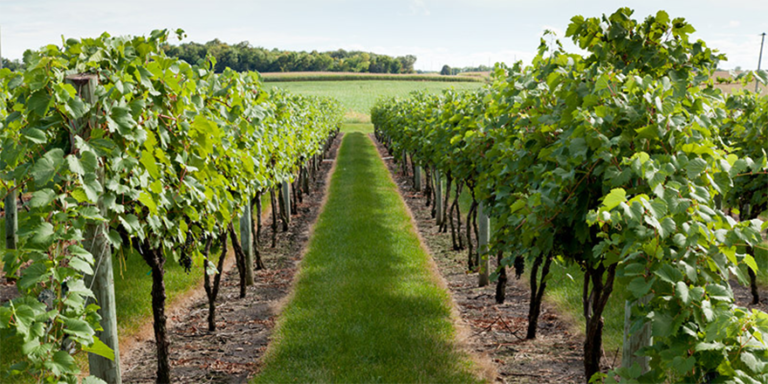
Growing wine grapes in an undercover system
Executive Summary Thinking outside of the square and challenging the status quo is and will become more and more important as we see challenges to the primary industries. The changing consumer preferences and urbanisation of our communities is and will continue to erode at the traditional way of farming and growing in New Zealand, and

Can we improve health and safety on kiwifruit orchards using software solutions.
Executive Summary Following the introduction of the Health and Safety at Work Act 2015 (HSWA) and a fatality on a kiwifruit orchard in 2016, the New Zealand Kiwifruit industry has begun a journey on improving health and safety practices on orchard. There has recently been a proliferation of software solutions to support on-orchard health and
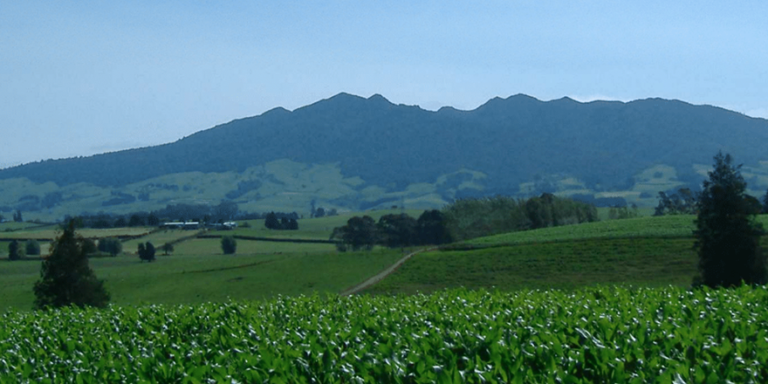
New Zealand land tenure is holding back the success of agriculture
Executive Summary It is naïve and self-centered to even consider our selves the owners of land. Land has existed for millennia before we “own” it, and will continue to exist for millennia after we no longer “own” it. We are simply occupiers, users and stewards of it for a fleeting time. Current land stewards should


